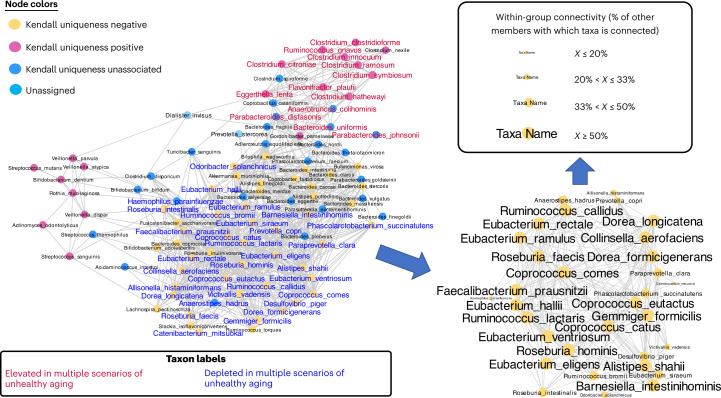Fig. 5. Identification of a coabundant hub of putatively beneficial symbionts that are depleted in unhealthy aging.
Coabundance network of taxa derived from microbiomes of adults older than 60 years, across 13 individual studies. We selected a set of 112 species that were identified in both 16S and Shotgun datasets. Associations between the centered-log-ratio transformed abundances of species pair were individually computed within each study using robust linear regression models. Results of the individual robust linear regression models were then collated using random effect models to compute summarized association statistics. For each species, the summarized association P values for every other were then corrected using the stringent Bonferroni approach and only those species pairs having a Q ≤ 0.001 and an overall summarized positive association estimate (>0) were determined to have coabundant relationships and connected by an edge. The species-level nodes belonging to the different species groups are filled in different colors, namely, green for the health-associated group, red for the disease-associated group and light blue for other species. Species-level taxa that are observed to be either elevated or depleted in multiple scenarios of unhealthy aging are shown in brown and dark blue, respectively. We also investigated the interactions for the taxa depleted in multiple scenarios of unhealthy aging (Fig. 5) individually within the 11 studies (Results). This species-to-species coabundance subnetwork of health-associated markers is shown in the bottom right corner. The sizes of the labels are based on the number of connections each taxon has with the others in this subnetwork.

